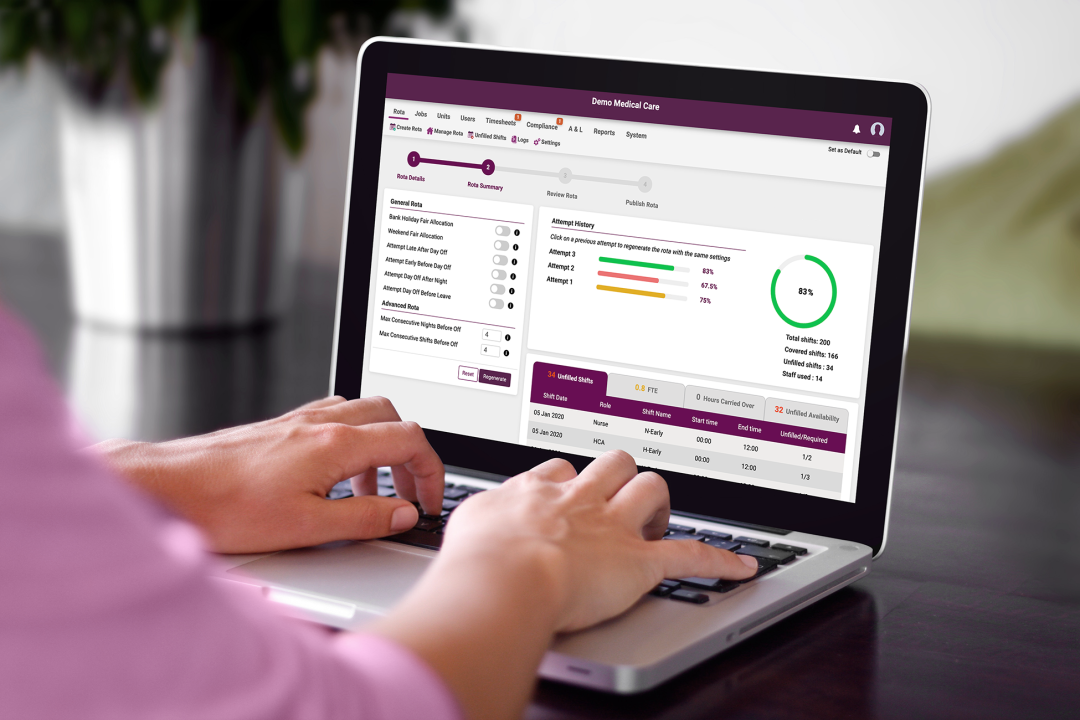In any organisation, managing when and how your staff work is a critical factor contributing to your success. This makes planning, creating and implementing a staff rota one of the most crucial responsibilities.
However, before proceeding into the nitty-gritties of rota planning and management, let us give you a basic definition of the concept - staff rota.
What is a rota?
The term "rota" derives from the Latin word "wheel," and it was first used in the early 17th century to describe the repetitive process when an employee is scheduled to work (i.e., rotation).
So now the rota meaning.
Rota is a documented framework that specifies how such tasks should be completed. In realistic terms, it is more about a pattern of coordinating daily activities in a healthcare organisation. Rota’s may be digital or physical documents, depending on the stage of your organisation or where you are starting from. If your healthcare system has transitioned from paper to digital documentation and processing, then you might be familiar with the difference between a paper-based rota and a digitally systemized rota.
When it comes to streamlining and regulating the work order in a healthcare organisation like a hospital, there are several factors that come into play. It has to do with attributes like functions, schedules, responsibilities and more.
Now let us look at the major attributes of rota planning.
- Shifts: This is a clear, well-organized list of tasks and responsibilities that must be completed from time to time. Rota’s are often used to prevent employee burnout and maintain continuity when several shifts are involved. As a result, the majority of the tasks that must be completed remain relatively unchanged. Furthermore, getting the shifts planned out ensures a seamless transition from one group of employees or individual to the next.
- Schedules: Another important part of the rota is the schedule. This one, in practice, applies to the basic stipulation of a period when the organized work should be completed. Within the context of an organisation, it also indicates how long each task should take. Often referred to as the shift duration, this is one of the major factors that remain constant in rota planning.
- Roles and Functions: Each job has a specific role assigned to it. This specifically refers to determining who is responsible for what duties and when. Although job titles and associated responsibilities can remain constant, the individual who performs them can change over time. In this scenario, the rota assists healthcare administration in maintaining a desired degree of efficiency regardless of who performs the role each day or week.
By now, you might have got a clear idea about rota and its major attributes.
It’s true that creating and implementing a fair rota is essential in keeping the wheels of your healthcare organisation slick.
But do you know what makes a rota ‘fair’? We’ll explore in Part 2 of this post.


_1767632633.png)
_1767089663.png)
_1766393132.png)